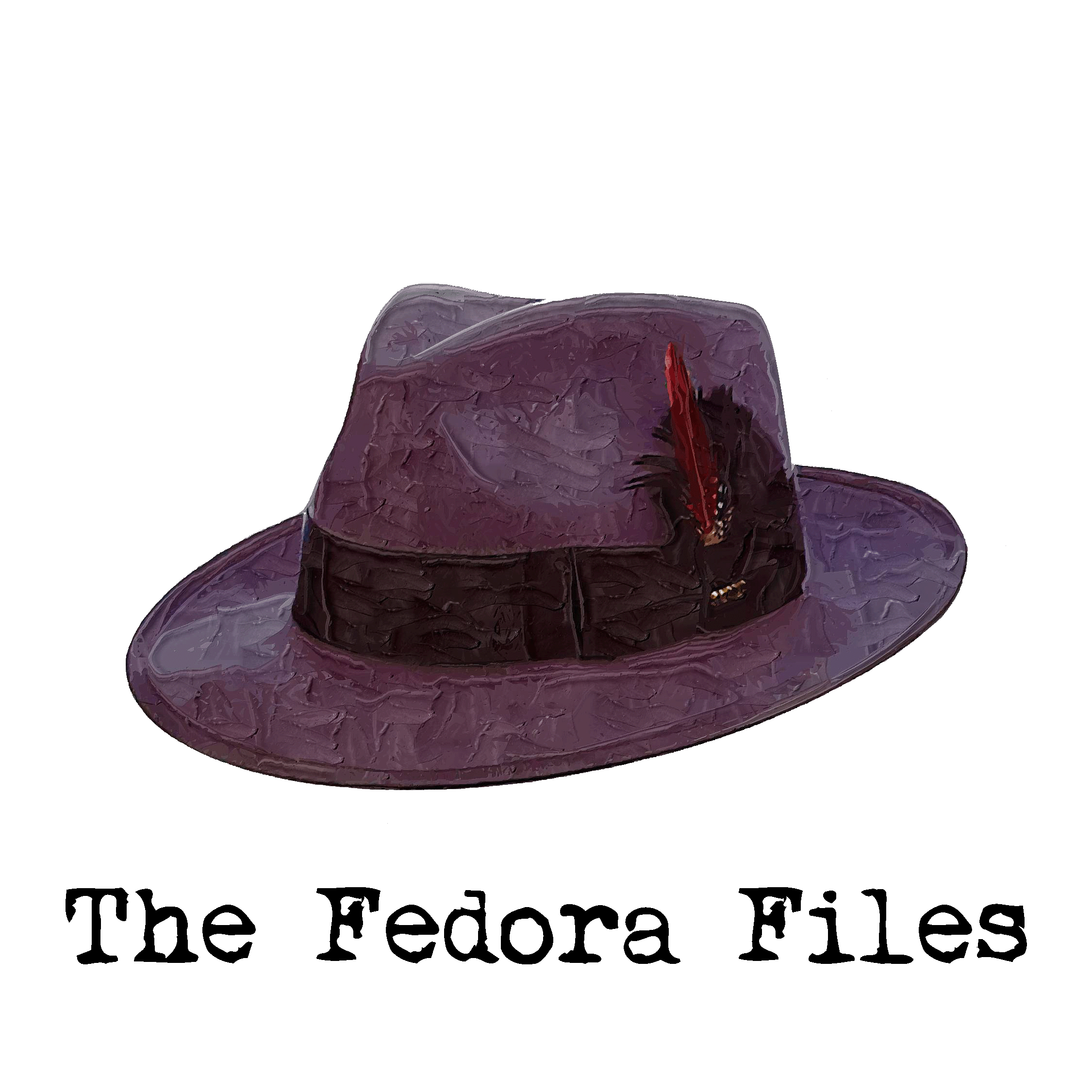You get what you pay for. Part 1. Fabric.
- David

- Feb 7, 2021
- 3 min read
When it comes to clothing the old adage “you get what you pay for” holds true, from how well it’s made to how it fits the body, and from how it feels when worn to how it impacts the environment.
This topic could easily grow into a very long post. With that in mind I’m going to begin with a very basic primer on fabrics. I’m not going to cover everything or delve deeply. We’re going very superficial, just focusing on establishing a baseline. In future posts I hope to follow up on this and cover manufacturing (part 2), fit, feel and function (part 3) and how to get the goods without breaking the bank (part 4). All of this with the focus on “you get what you pay for“.
There are a lot of options between synthetic (man-made) fabrics and natural (organic) ones. Polyester, synthetic (faux) leather, cotton, wool, genuine leather, etc. Many people never give it second thought. Many believe that buying synthetic is better for the environment. If there’s one thing I hope to make clear today it’s that synthetic is actually very bad for the environment. Environmentally conscious, take note. One of the largest sources, if not the largest, of microplastic pollution in our oceans is from synthetic fabrics (plastic). Think polyester.
In a world that places a large emphasis on recycling, very little of the clothing sold is made from recycled plastic and very little used clothing gets recycled. Most just get thrown away and wind up in landfills. This is an especially big problem in the world of “fast fashion”, clothing made cheaply for a current trend that’s out of style, and out of the closet, after only one or two seasons. Approximately 60% of the clothing made in the world is from synthetic fibers. Consider that for a moment. Then consider that each and every load of laundry is releasing hundreds of thousands of microplastic fibers into our water supply. From a worldwide perspective that’s a lot of laundry - and a lot of pollution. And that microplastic pollution is not only making it into our water supply and our oceans, but it’s getting into our food chain.
There are certainly pros to some synthetic fibers. They can be warm, durable and definitely cheaper to produce. But to get a garment made from synthetic materials that is extremely high-quality which would provide a higher level of comfort, warmth and longer lasting durability you’re going to wind up spending significantly more money. Organic fabrics such as cotton, wool and leather, though more expensive to produce, also provide comfort, warmth and durability but more often than not with much higher levels of such along with significantly better breathability and other benefits not found in their synthetic counterparts.
The big pro for synthetics - the moisture wicking and waterproof properties of lightweight performance fabrics for working out as well as many sports such as skiing. They can be big pro’s as a cotton t-shirt can get very wet and heavy with sweat while working out and skiing in a soaking wet and heavy pair of jeans wouldn’t be as enjoyable. That doesn’t mean synthetics don’t get wet and hold moisture, they do. But they win on moisture wicking. The drawback? They also trap and retain odors significantly more than organic fabrics. That’s a big plus for moisture wicking and a big minus for B.O. And you’ll want a good cleaner specifically made for removing B.O. from synthetics like NIKWAX BASEWASH. Trust me, your workout buddies (and everyone else) will thank you.

If you’re going to add synthetics to your wardrobe it’s best to keep it minimal. Limit it to your workout and specialty clothing for sports and perhaps rain gear or that nice winter parka you’ve been eyeing.
While some synthetics can best cotton (the anti-wicking fabric) when it comes to moisture wicking, cotton wins in almost every other column. And the moisture wicking argument changes with the fabric. As do other checkmarks. For example, both wool and silk beat synthetics for moisture wicking and each are naturally antimicrobial, not to mention superior to synthetics when it comes to breathability, a huge benefit leather also shares over its synthetic counterparts.

If you’re enjoying my blog please subscribe so you’ll receive notifications when new content is added and please spread the word!




Comments